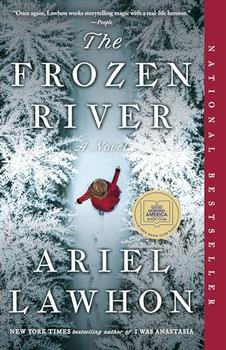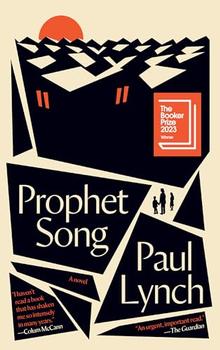(9/27/2023)
This is a monumental and original family saga that is like nothing I have ever read. It is richly imaginative and packs an emotional wallop.
Taking place in Kerala, a state in South India on the Malabar Coast, it spans nearly 80 years and is brutally realistic. This isn't a sweetsie-lovey story. It's about life. Real life. And it hurts the reader sometimes! Children die, loved ones die by suicide, people are killed in somewhat brutal and violent ways, and several suffer debilitating injuries. It's a tough read because I was emotionally connected with the characters and then wham! They die or suffer. But that is the ultimate premise of this book: Finding the meaning in suffering.
Magnificently written by physician and bestselling author Abraham Verghese, this epic multigenerational novel begins in 1900 and ends in 1977, centering on the character of Big Ammachi. She is 12 years old when her father dies, leaving her mother destitute. In a desperate move, this little girl is hurriedly married off to a 40-year-old widower and father of a 2-year-old boy, who lives Kerala, a long day's journey away. She is nicknamed Big Ammachi (Big Mother) by Jojo, the little boy, and the name sticks as she grows up to become the matriarch of a large family living on the 500-acre estate of Parambil. As she soon discovers, this family has a curse, "the Condition," as they call it, that takes the life of someone every generation.
In addition, there are parallel stories that at first are seemingly unrelated. The most intriguing one is that of Digby Kilgour, a surgeon from Glasgow, Scotland, who joins the Indian Medical Service in Madras. His is also a story of joy and tragedy that eventually—surprisingly and explosively—connects with the family in Parambil, although it is a long and circuitous journey to that end.
In addition to a compelling, ever-evolving, and multilayered plot inhabited by bold and vivid characters, this is a profound work of literature that speaks eloquently and poignantly about one family's place on Earth—how they love, how they argue, how they do good, how they do evil, how they worship God, and how they make the world a better place by just inhabiting it. As you can probably tell from the title, the imagery and symbolism of water and specifically how the covenant of water links all human beings is brilliant.
This is also a love letter to medicine—to dedicated physicians, to the scientists who make the medical discoveries, to the hardworking nurses, and especially to all those who give their life to care for the sick.
Bonus: Even though it's told only in words, you'll get a tour of South India that is so vibrant and so realistic that when I Googled photos of the area, it appeared very much like it did in my imagination. The land is so much a part of the novel that it is almost a character of its own. This is truly a magical place with beautiful beaches, elaborate canals, and picturesque mountains filled with monkeys, elephants, snakes, birds, and tigers.
Two pieces of advice to make reading this 700 page book easier:
• There are dozens of characters in this novel, and even the Kindle X-ray feature is not that helpful. Go to the author's website and download the character list. Print it if you're reading the paper version of the book. If you're reading it on Kindle, I advise you to use the "send to Kindle" feature. I had this document right next to the book, so it was easy to search for or find the character. It doesn't take long before you'll know who everyone is.
• There are quite a few words in the novel in Malayalam, the official language of Kerala. In most cases, it's easy to figure out the meaning based on the context of the sentence, but I kept my phone nearby so I could Google words I couldn't decipher.



